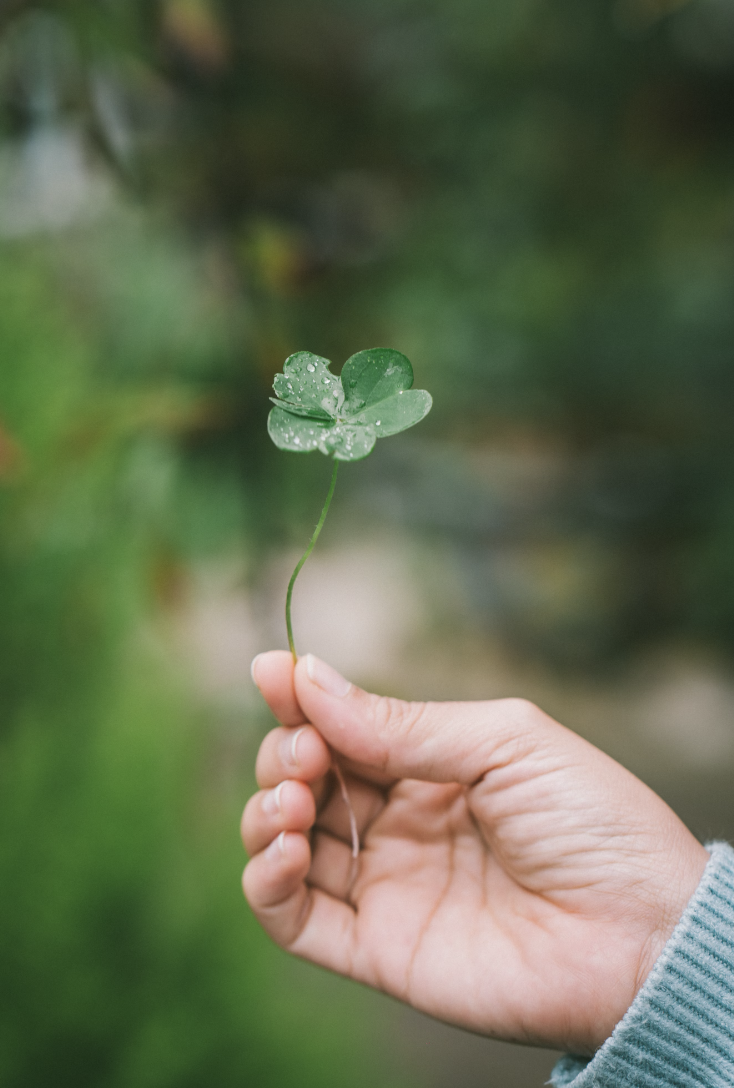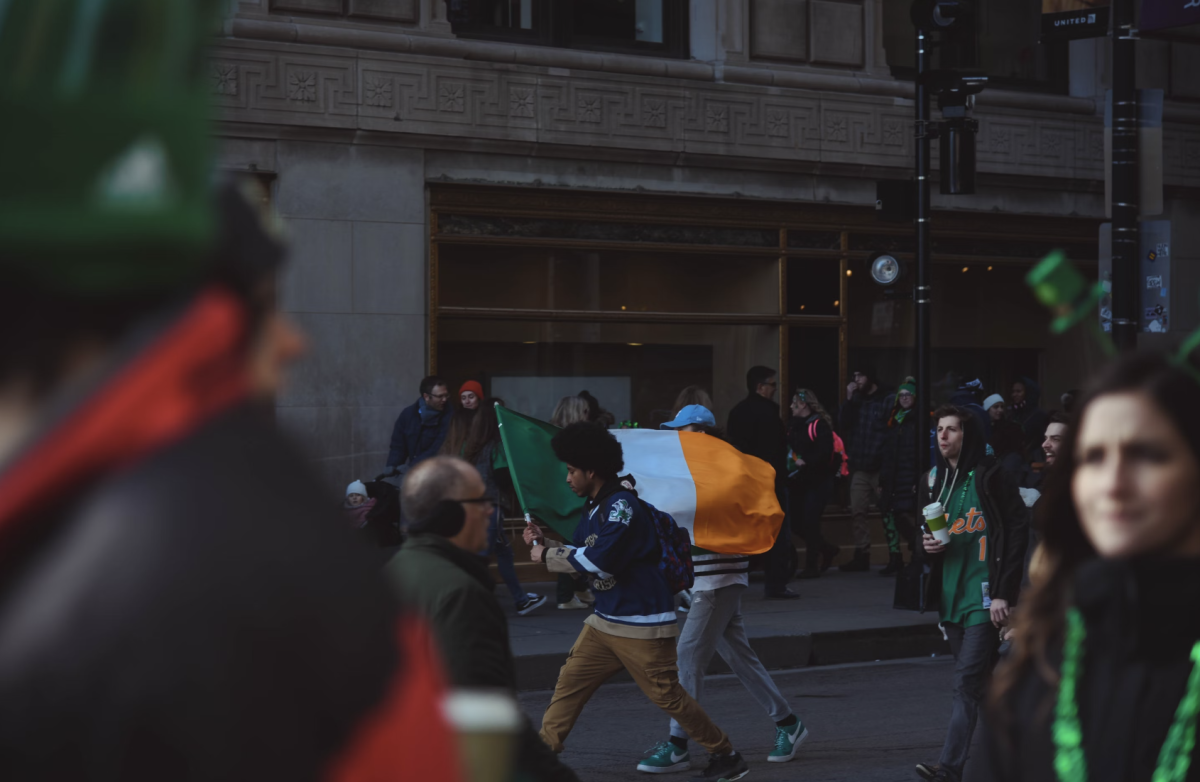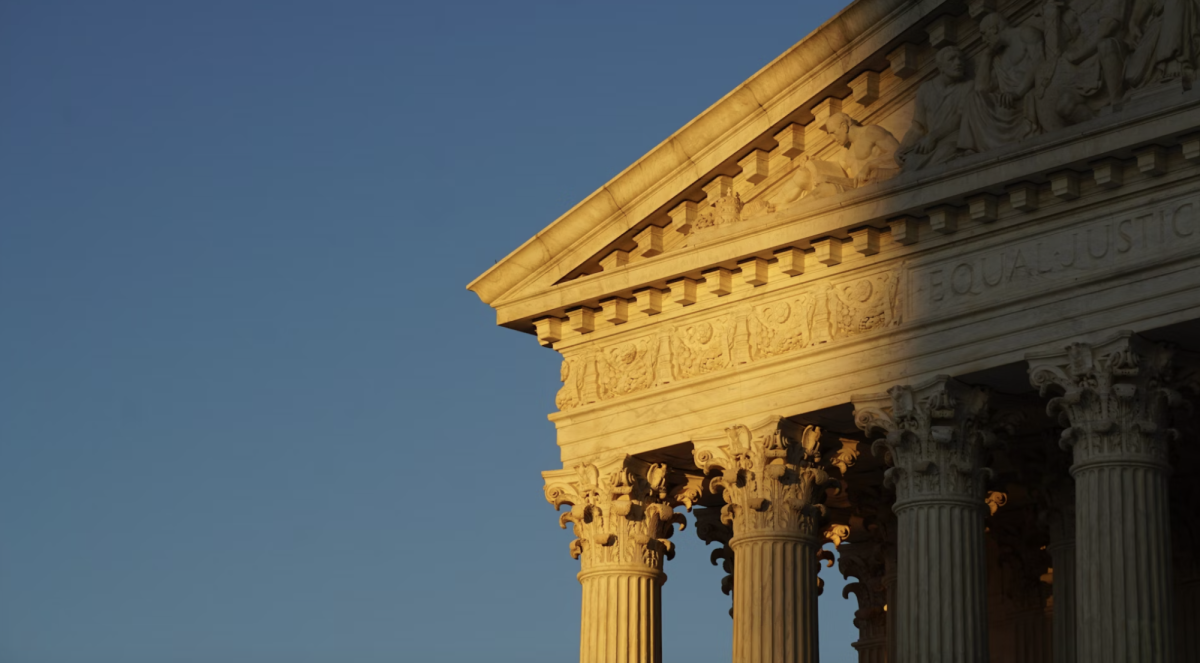Eugenia Carlaftes, Celia Liu
St. Patrick’s Day is known to annually fall on the 17th of March, and is a holiday many find themselves celebrating. From stories that depict mythical Leprechauns, to traditions of kissing shamrocks; there are a lot of ideas that people tend to associate with St. Patrick’s Day.
Strangely enough, however, very few people understand the historical importance of the holiday, despite the amount of people who celebrate it. With over 100 different parades held throughout the states each year in honor of the holiday, it is rather peculiar how many people truly understand the importance of the holiday.

St. Patrick’s Day’s beginnings can be traced back all the way to the 4th Century. Saint Patrick, despite what many may believe, was actually not born in Ireland, but rather in Roman Britain, and was the Patron Saint of Ireland. He was captured at the age of 16 and enslaved, finding comfort in his faith of Christianity before escaping his captors. Once he returned home safely, he pledged to spread the word of God, for he believed that it was God’s protection that protected him on his way back.
Later on, Saint Patrick finds the desire to convert the Irish, who were Pagans at the time, to Christianity. As a result, he travels back to Ireland in order to spread his teachings. He used shamrocks to represent the father, the son, and the holy spirit and was able to establish an overwhelming Christian community in Ireland. He also had many churches, schools and monasteries built in Ireland and spread Christianity through his teachings.
The holiday takes place on the day of the saint’s death, on March 17th. The first instance of St. Patrick’s Day being celebrated, was in the 9th century, but the first celebration with a parade was in the 17th century. Believe it or not, it actually didn’t take place in Ireland, but right here in New York City!
Homesick Irish soldiers marched throughout the city and unintentionally solidified the celebration of St. Patrick’s Day in the states for centuries to come. Not only that, but this permanently established a sense of unity and community for fellow Irish-Americans, making the busy city feel a bit more like home.
Myths and Traditions
Leprechauns actually don’t have association with St. Patrick himself and are only used due to them sharing Irish origins. The gold coins and rainbow also come along with the leprechaun myth that fairies put a pot of gold at the end of the rainbow with leprechaun guarding it.
We wear green to avoid being pinched by leprechauns, to bring good luck or show pride in Irish ancestry, and to reflect the colors of Ireland’s landscape and flag. The green on the flag symbolizes the peace between the Catholic and Protestant communities in Ireland.








